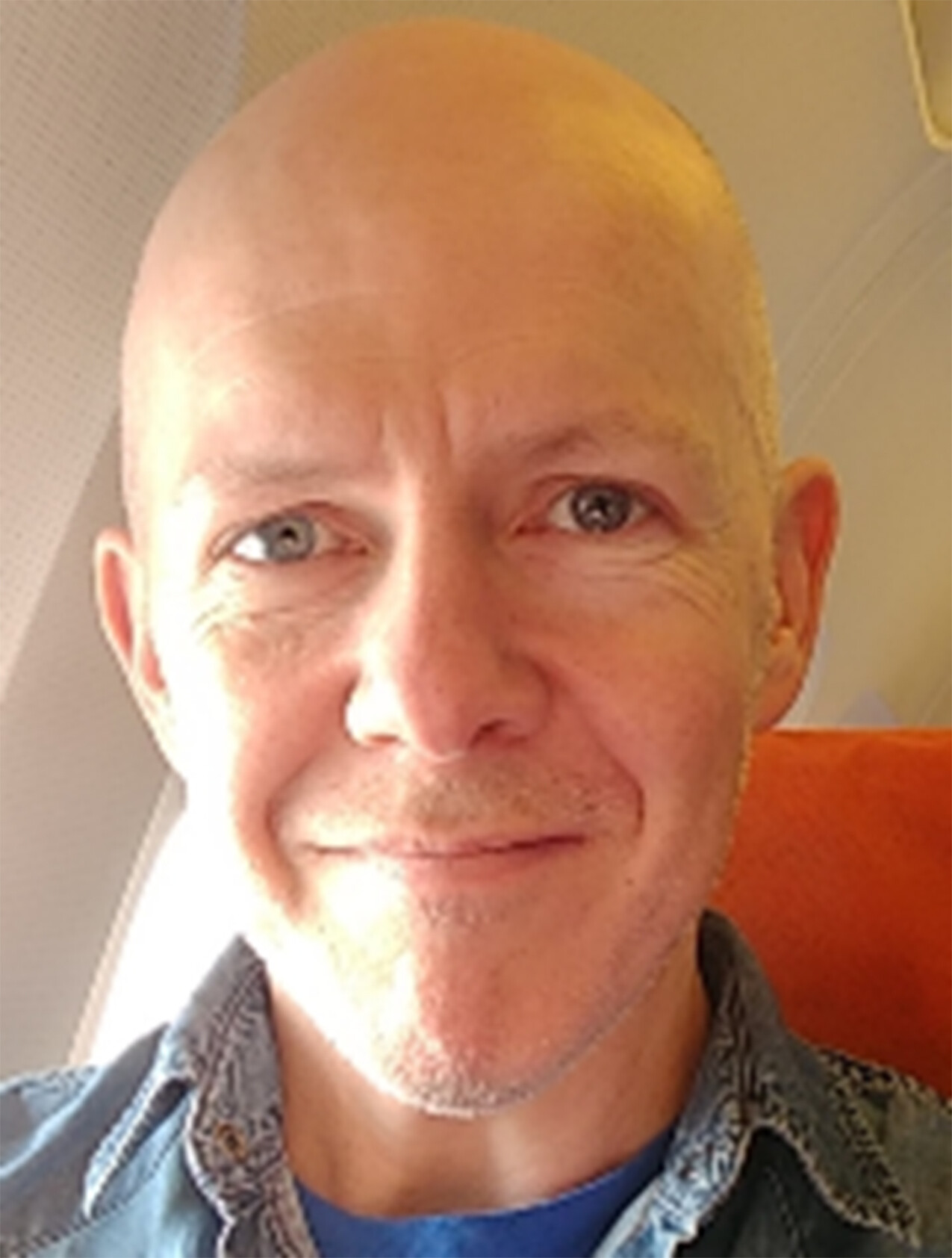Microsoft ends support for Internet Explorer on June 16, 2022.
We recommend using one of the browsers listed below.
- Microsoft Edge(Latest version)
- Mozilla Firefox(Latest version)
- Google Chrome(Latest version)
- Apple Safari(Latest version)
Please contact your browser provider for download and installation instructions.

Amyotrophic Lateral Sclerosis (ALS) is a cruel disease. It is a progressive neurodegenerative condition which affects the motor neurons in the brain and spinal cord, leading to muscle weakening and paralysis, while the patient's cognitive abilities remain unharmed. ALS patients face the agony of being mentally sharp while trapped within their own deteriorating bodies.
In the United States, ALS is often known as Lou Gehrig's disease, named after the baseball player of the 1920s and 30s who succumbed to its effects. More recently, physicist Stephen Hawking made significant contributions to science, despite his ALS diagnosis.
The early onset of ALS manifests as muscle weakness, impacting daily activities like speaking, swallowing, and breathing. As it progresses, symptoms intensify, leading to paralysis. One of the most difficult to accept consequences of ALS is the loss of communication. For many, the very essence of human connection—speech and expression—becomes inaccessible. This inability to communicate can have profound psychological effects. While ventilators can assist with breathing, the tracheostomy procedure often results in voice loss. The choice between life and voice leads over 90% of global ALS patients to decline ventilators.
NTT is working to create hope and bridge the communication gap.
One way that ALS sufferers can continue to communicate is with the use of synthesized voices to express their thoughts. Traditional voice synthesis requires extensive, high-quality voice recordings, which is unfortunately impossible for many ALS patients. However, in 2022, a groundbreaking initiative by NTT working alongside partners WITH ALS and Dentsu Lab made significant strides. They developed a speech synthesis technology capable of recreating a patient's voice from just a few minutes of archived recordings. This innovation enabled an ALS patient in Japan to engage in an English conversation and musical performance using their unique voice tone.
Earlier this year, at the "MOVE FES." ALS Awareness Music Festival in Tokyo, held in conjunction with World ALS Day, voices of multiple ALS patients were synthesized from even shorter voice clips, amplifying the technology's potential.
Beyond voice synthesis, researchers at NTT and Dentsu Lab Tokyo are fighting to push the boundaries even further by focusing on enhancing communication and social connections for people with disabilities and their supporters. A recently developed interface using surface electromyography (sEMG) signals allows for even minimal muscle movements to control actions in the metaverse and tests with ALS patients have already demonstrated the ability to detect minute muscle activities. The system incorporates a calibration setup to account for involuntary muscle reactions and muscle fatigue, critical for individuals with severe physical disabilities, and is designed to translate sEMG data into metaverse commands. NTT and Dentsu Lab Tokyo have also worked to integrate gaze input and avatar expressions for applications such as DJ performances in the metaverse, exemplified by DJ Masatane Muto, who lives with ALS. Their technology also facilitates online gaming, enabling game control through minor movements and offering potential advancements in ICT device operability and fostering human connections.
Meanwhile, partnering with Ory Lab Inc., NTT is integrating its advancements with OriHime eye+Switch, a communication device. This tool enables patients to operate the OriHime avatar robot through eye-tracking or switches, enhancing the scope and depth of communication for ALS patients.
Looking ahead, the future is promising. By the end of this fiscal year, NTT aims to make it possible to operate avatars using even the subtlest of movements from ALS patients. By 2024, the aspiration is to enhance communication expressions, allowing ALS patients to experience the metaverse or real-world spaces through robots, unhindered by the physical limitations of ALS.
While the devastating impact of ALS remains a reality, technological advancements like those from NTT, Dentsu Lab Tokyo and Ory Lab Inc. provide a beacon of hope. As we move towards a world where physical constraints no longer impede communication, the horizon looks brighter for those struggling with ALS. Their voices, once silenced, are finding new mediums of expression.
NTT--Innovating the Future of Communication

Daniel O'Connor
Daniel O'Connor joined the NTT Group in 1999 when he began work as the Public Relations Manager of NTT Europe. While in London, he liaised with the local press, created the company's intranet site, wrote technical copy for industry magazines and managed exhibition stands from initial design to finished displays.
Later seconded to the headquarters of NTT Communications in Tokyo, he contributed to the company's first-ever winning of global telecoms awards and the digitalisation of internal company information exchange.
Since 2015 Daniel has created content for the Group's Global Leadership Institute, the One NTT Network and is currently working with NTT R&D teams to grow public understanding of the cutting-edge research undertaken by the NTT Group.












